Originally this was a comment that I made in another post that was a response to a comment from Elizabeth Roper Marcus that I have developed here into an essay.
The Signature of the Hand
What my hand produces is always, unmistakably, my hand producing. Like a signature, it repeats itself - not by conscious design, but by natural inevitability. It’s in the line, in the motion, in the rhythm of gesture. And as with a signature, it carries something more than identification; it conveys a subtle, continuous self-disclosure.
I was asked: how early did this start to happen? Was it innate, or did I cultivate it over time, without realizing? Did I draw this way as a child? Or did repetition become refinement, and refinement give rise to identity?
When I observe the line quality in other artists’ work, I see it as a kind of psychological mirror. A single line can reveal so much - brashness, hesitation, decisiveness, impatience, sensitivity, precision, or even a wild kind of improvisational daring. You can sense whether the hand that made it was hurried or meditative, angry or serene, calculating or impulsive. In this way, the line becomes a diagnostic tool, revealing the temperament of the artist at the moment of making.
And in a single drawing, that temperament can shift. A confident curve may falter into doubt. A chaotic scatter may suddenly cohere into harmony. One part of the page might be methodical and technical; another might be emotionally reckless, almost vandalistic. There’s something alive in that variability. Drawing becomes not just depiction but a record of thought and feeling - embodied, spontaneous, and unconscious all at once.
In my own practice, I try to pay attention to how the hand wants to move. I study its limitations - not as faults to overcome, but as natural contours to understand. Every hand has its particular grace and awkwardness. I watch how speed influences smoothness, how hesitation makes a line go jagged, how overthinking freezes the gesture. When my drawing is fluid, it's often because I’ve surrendered control—not in the sense of being careless, but in the sense of allowing intuition to take the lead.
Sometimes I don't even look at what I'm doing. I follow the impulse directly, letting the hand respond before the mind can interfere. It’s not trance exactly, but there’s a kind of bypassing of the inner critic, the cautious censor. In those moments, the drawing draws itself.
I study different tools - pens, brushes, sticks, even the wrong end of a pencil - and the surfaces they move across. Each one offers a different resistance, a different friction. The tooth of a page will catch the ink in certain ways, make the line chatter or drag. These subtle feedbacks shape the gesture, and in turn, the gesture shapes the drawing. It’s a conversation, really - between material, muscle, and mood.
After making thousands upon thousands of drawings over the years - experiments in mark-making, attempts to break new ground, to range as broadly as possible - I’ve found that I return, inevitably, to a certain expressive range that feels native to me. Even when I try to push outside my habits, to adopt new techniques or imitate unfamiliar rhythms, I circle back to my own defaults. The hand always remembers its first language.
Still, I try to question that default. Not to erase it, but to stretch it, challenge it, broaden its expressive vocabulary. The goal isn’t to escape the signature, but to deepen it - make it richer, more aware of itself.
But here’s the paradox: I can’t really see myself in it. I stand at the epicenter of my own activity, and from that vantage point, I’m blind to what might be obvious to someone looking in from the outside. What does the work reveal about me that I can’t see? How do my habitual marks read to the stranger's eye?
In the end, we are all our own blind spot. The line tells the truth, but not always to the one who draws it. That, perhaps, is part of the mystery - and the humility - of being an artist. We leave traces of ourselves in every mark, and yet we never fully see what we’ve shown.
All of the above drawings were from the very early years and are among the survivors that I still have in my archive. There were many other experiments with ‘drip style’ abstract expressionist type works, pastels where form was developed between the lines. I was trying to move beyond just line. Experiments in gouache with more formal, late Kandinsky style works.
All of the above images were all explorations toward the idea of Visual Musicality.
And then, by the end of 1982, I started to becoming infatuated with collage which forced me to work with form and composition instead of line and off I went in that direction. I just today hit no. 4,300 in the collage series.
Though the collage work is what I have become the most well known for (if you look up ‘collage artists’ on google I show up in their top 50 list for some reason), all along I have continued, sometimes more sparsely, sometime more prolifically, with the mark-making and the exploration of visual musicality. But I think you can see, the ‘signature’ mark-making (and asemic writing) was there from the start. And I continue experimenting…




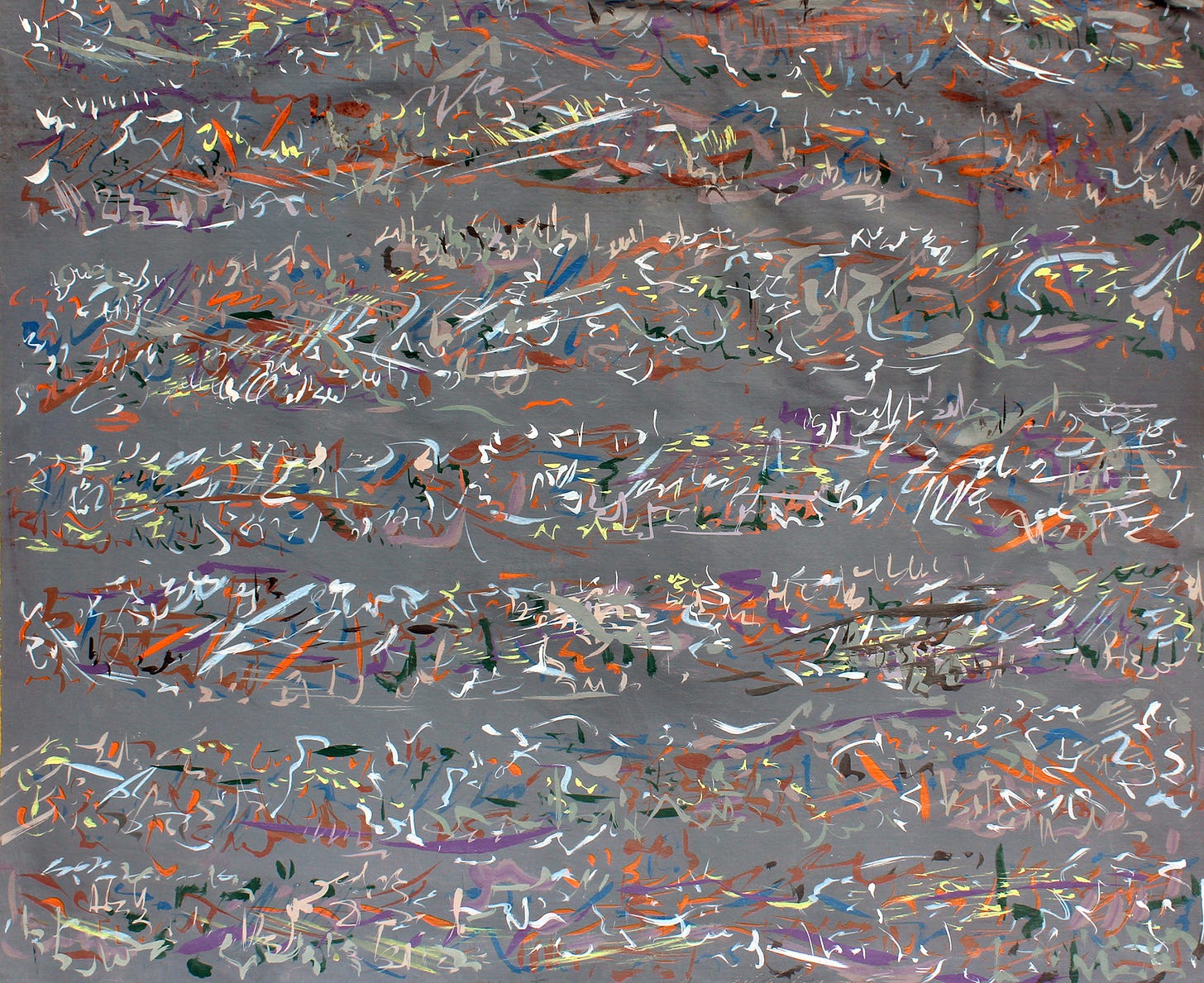
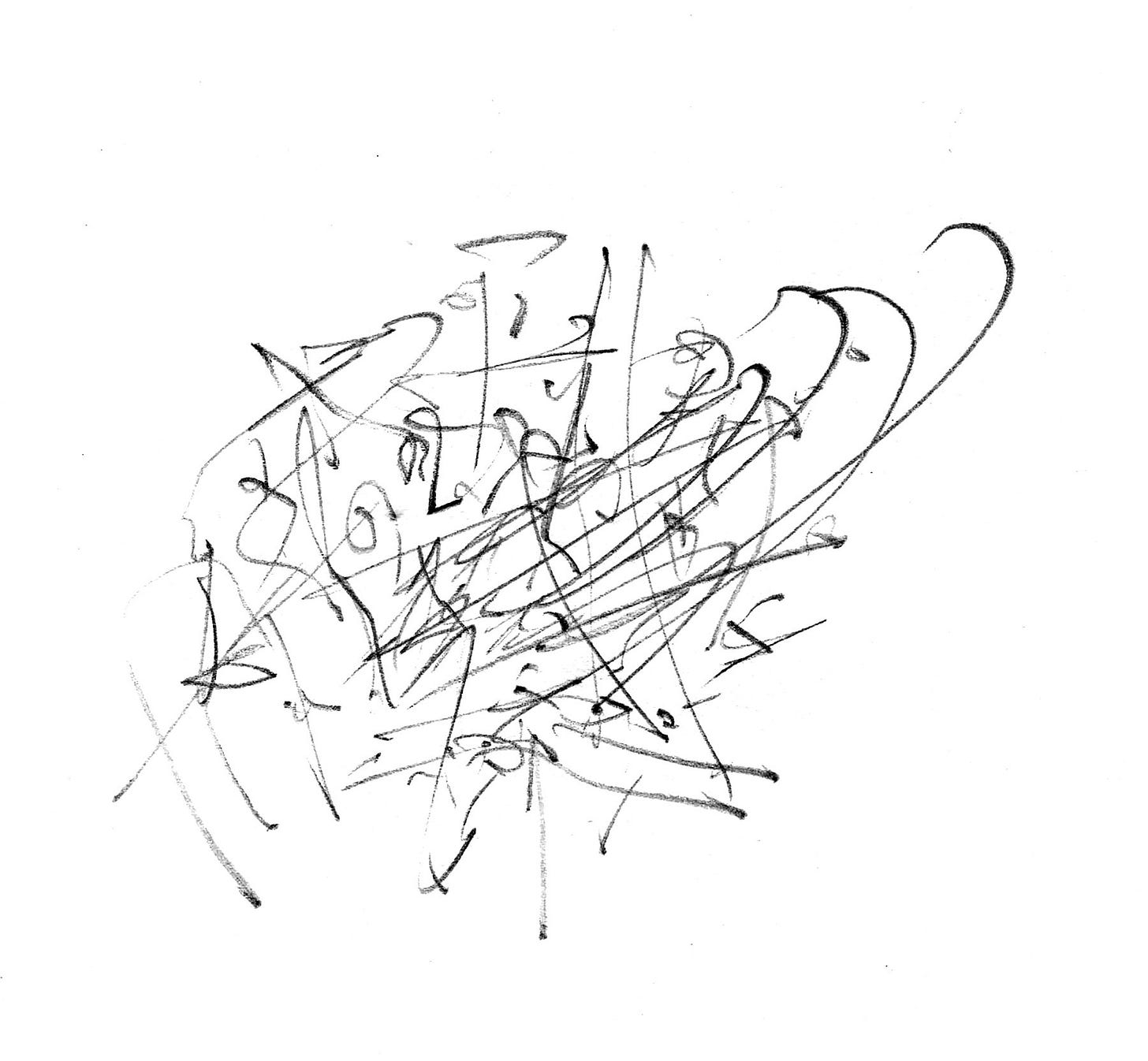

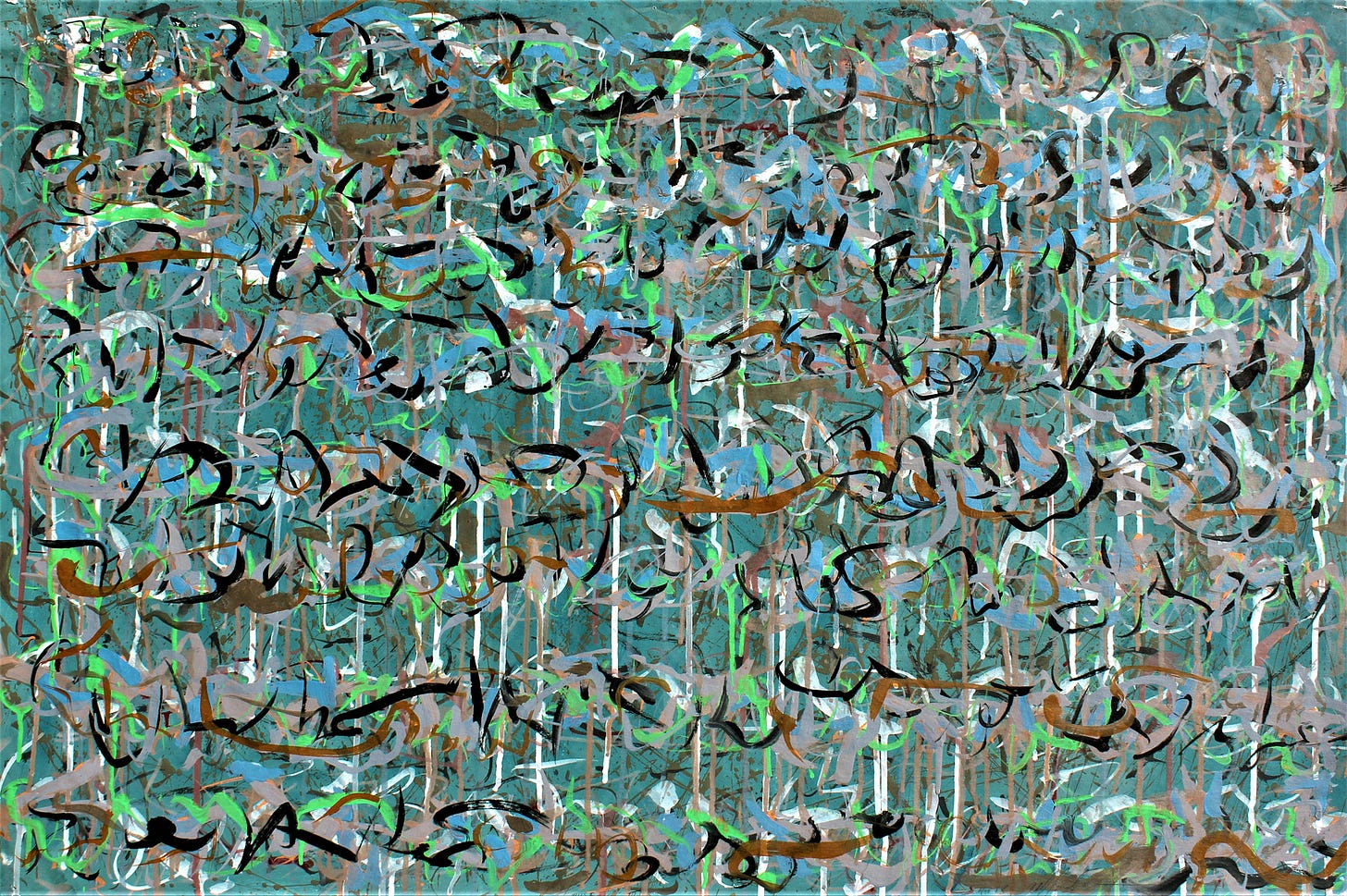
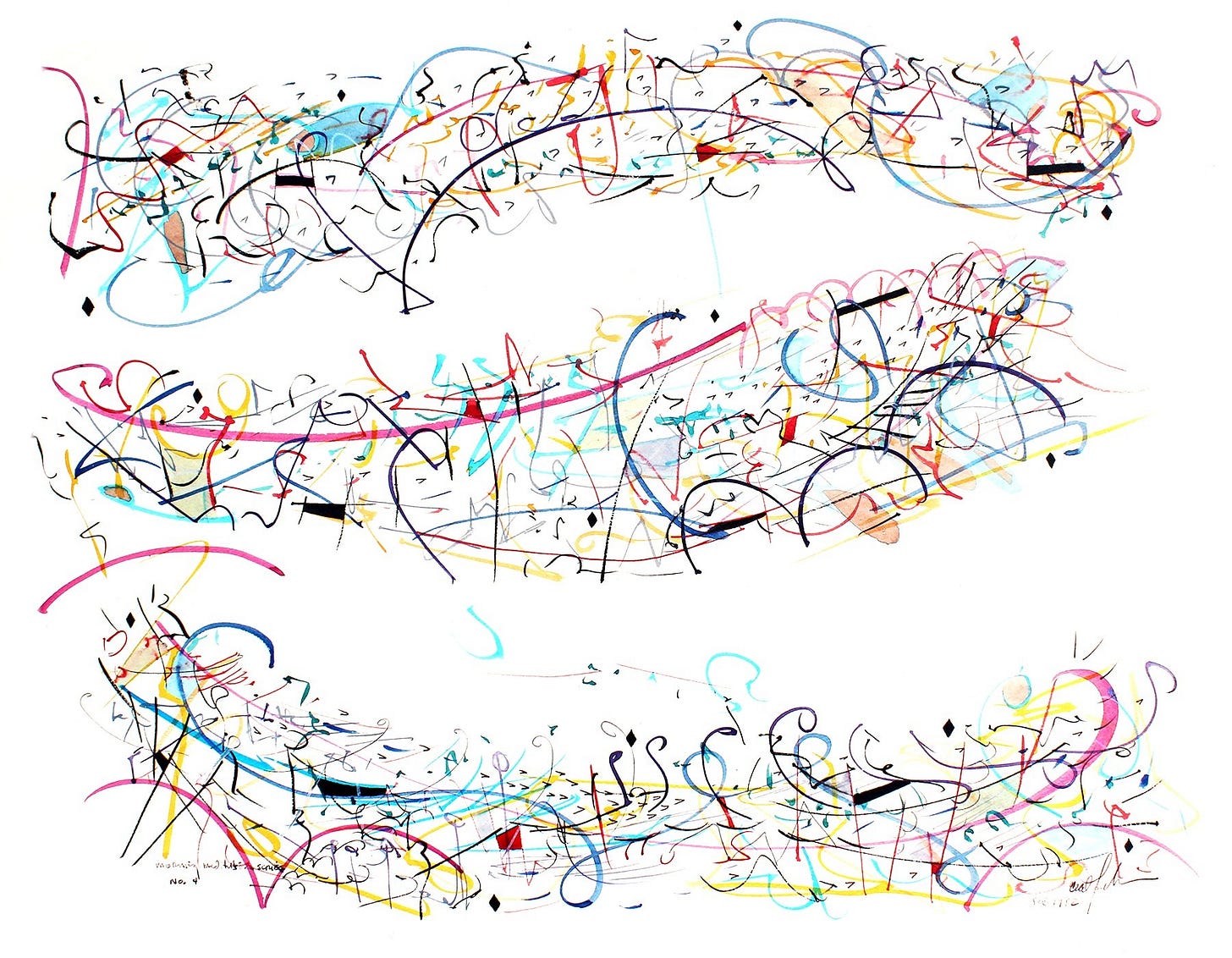
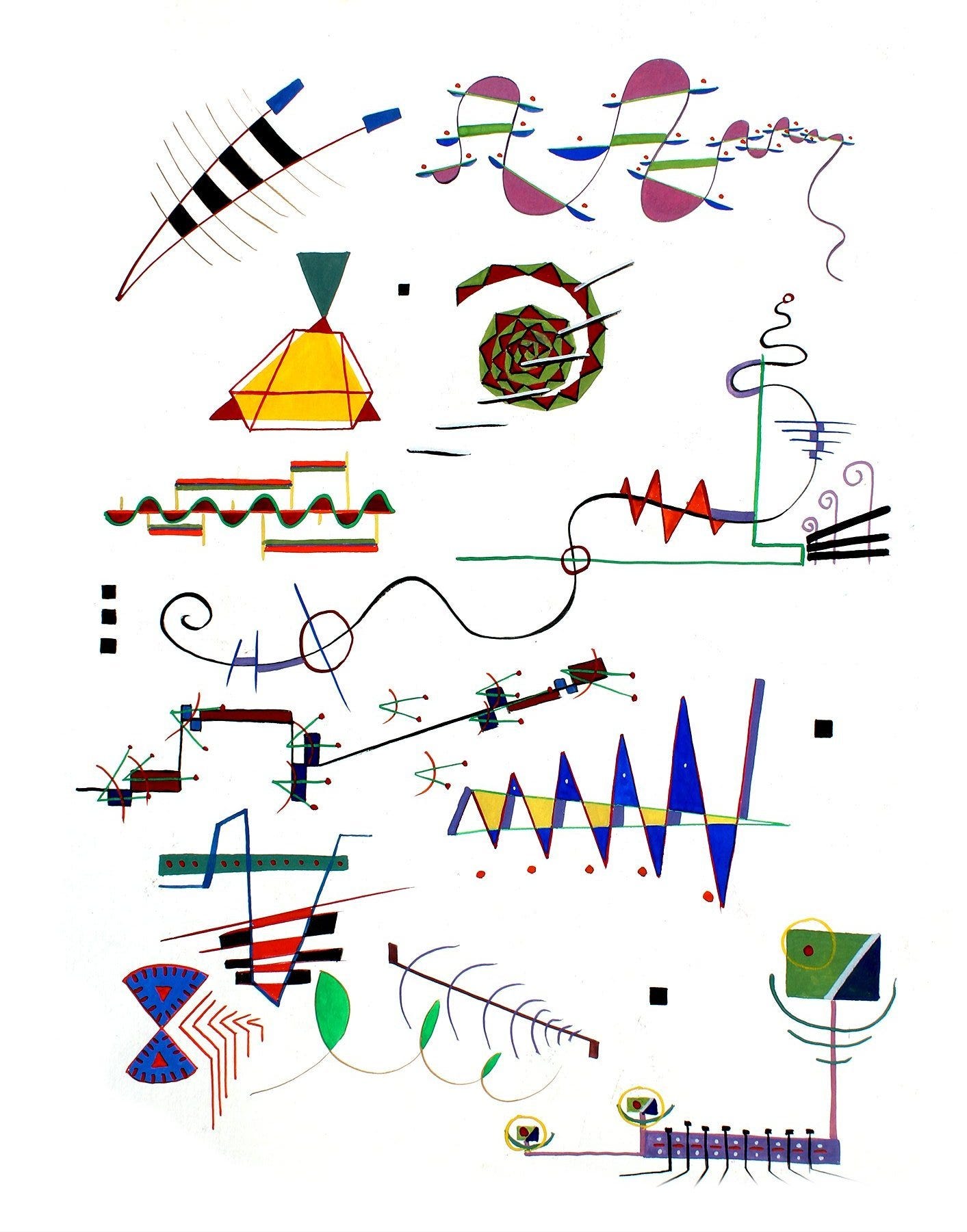
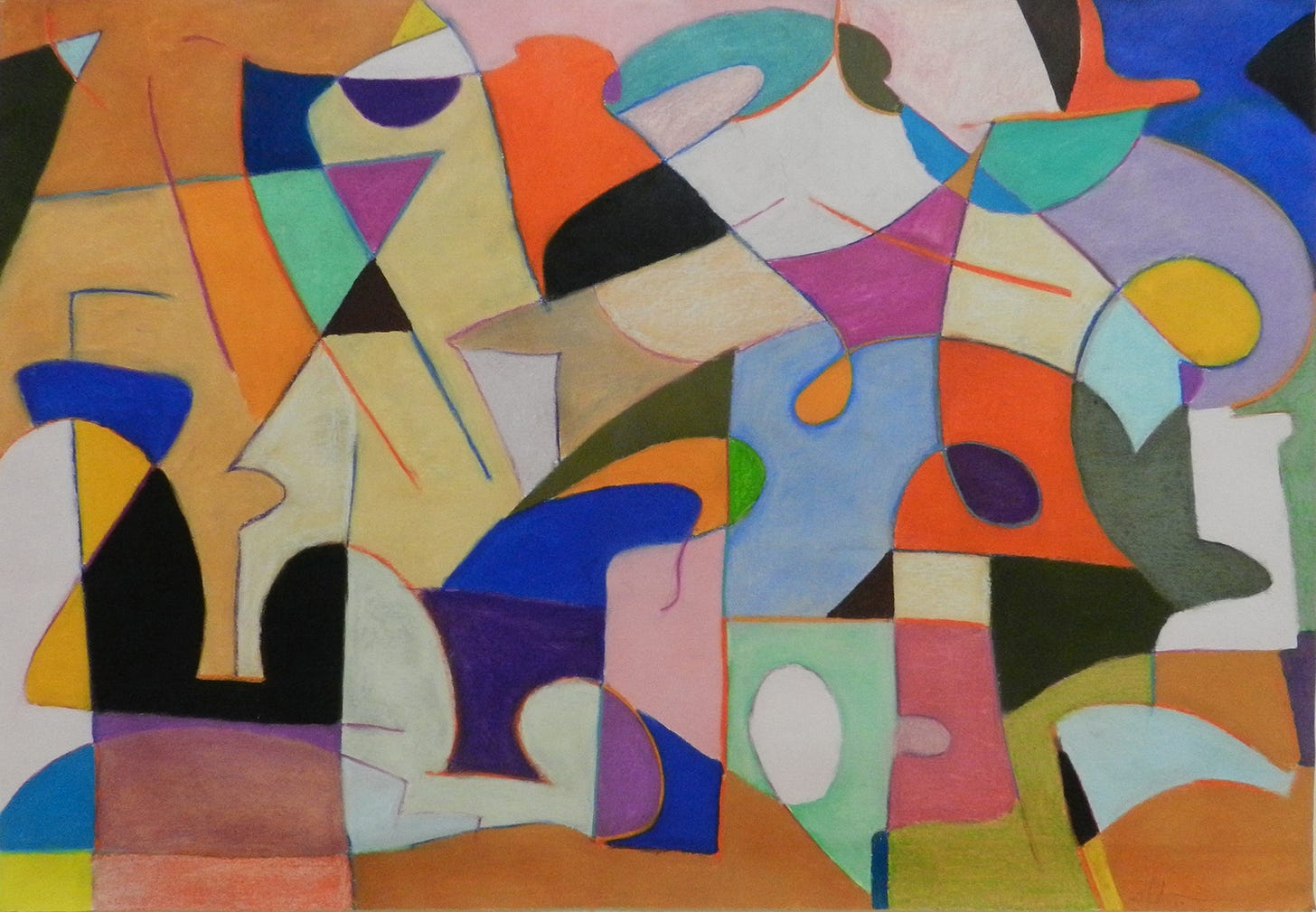
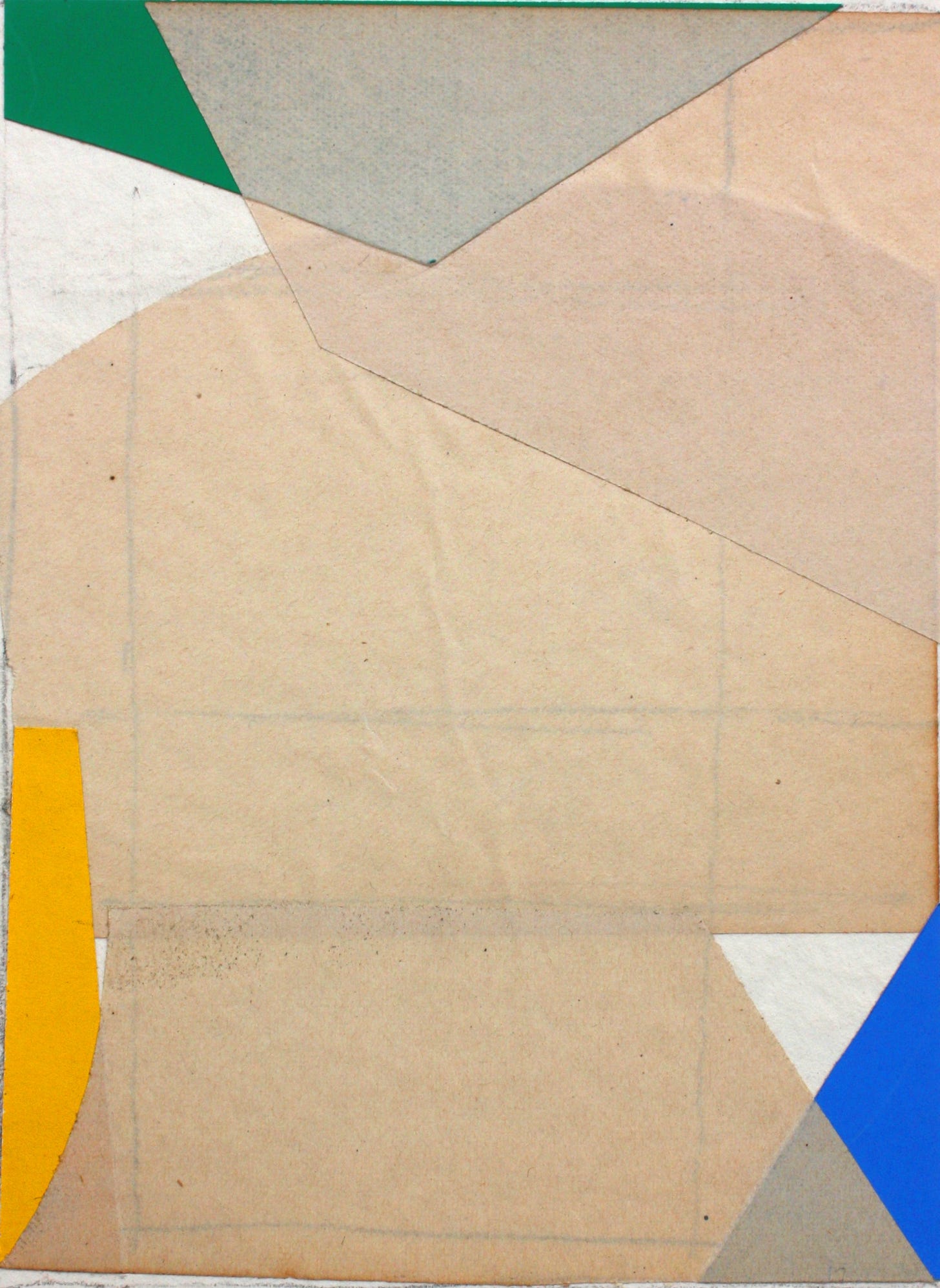
These early pieces of art you made are absolutely stunning. You used the word - trance - but not a trance like state. I knew an artist whose abstract art I greatly admired. (I am sure he is deceased now.) I never saw Charlie creating one of his art pieces, but his partner described Charlie as being in a trance-like state when he created his art.
Excellent essay and the visual examples of the art you've produced to highlight this are all incredibly beautiful, lyrical and musical, moving in many ways...literally and emotionally for this viewer. As an assemblage artist I see my "hand signature" in the objects I find myself attracted to and in the themes and meanings of the pieces as well as putting it all together. Thank you for another wonderful article.